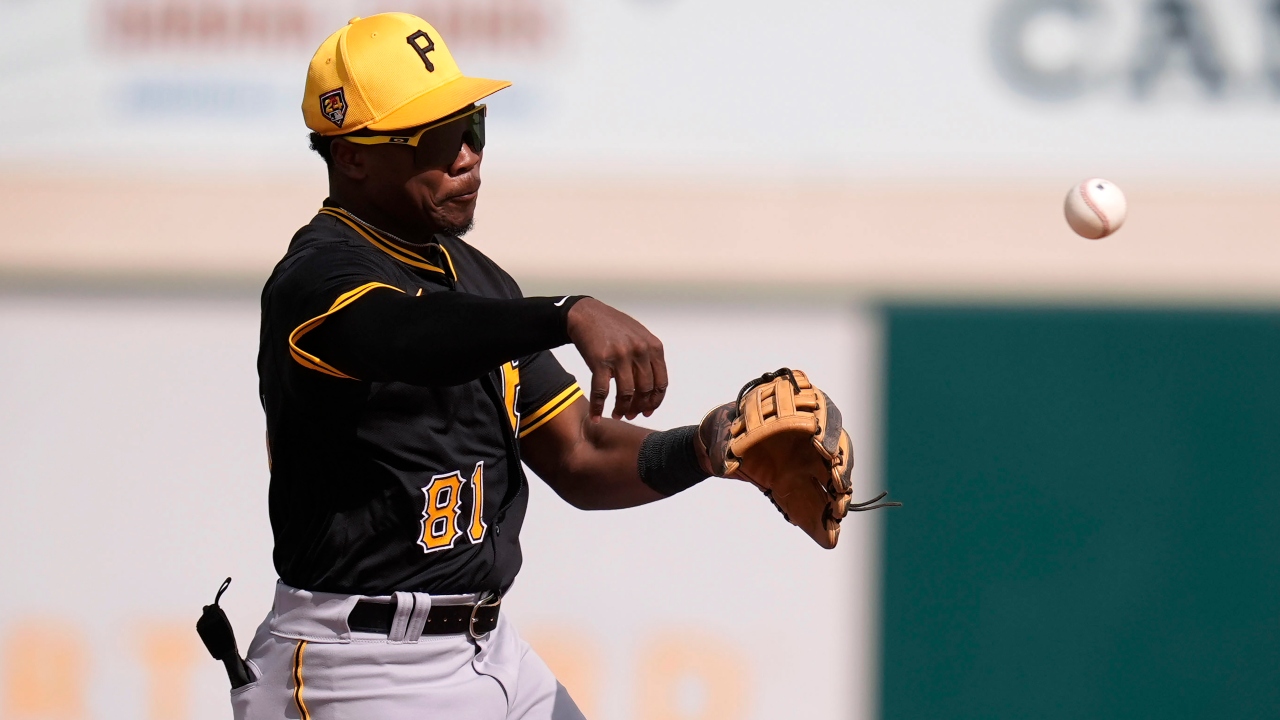For much of Lee Allen Jr.’s childhood, baseball seemed quite far from him.
Major League Baseball’s Royals played in his hometown Kansas City, Missouri, but Allen — who is Black and lived in the inner city — didn’t come across many baseball opportunities until late in his high school years.
In January 2020, a 17-year-old Allen was invited to one of MLB’s development programs, the DREAM Series, where for the first time he was put in front of scouts and coaches to display his skills in a competitive environment.
Four years later, Allen stood on the field at the Jackie Robinson Training Complex in Vero Beach, Florida, wearing a purple, white and gold baseball uniform representing the historically Black college Prairie View A&M University, his eyes set on a pro career.
More than 200 HBCU standouts were there for MLB’s Andre Dawson Classic, a collegiate tournament for players hoping to one day crack the major leagues — and perhaps help usher in a new generation of African American stars.
“Being able to be out here and showcase my talents in front of these scouts and other guys who’s looking at us at the next level,” said Allen, now a junior infielder for the Panthers, “it feels great for me because I know that those are goals that I can reach, and they’re there.”
That’s MLB’s aim as it faces historically low numbers of Black players in the majors. A study done by The Institute for Diversity and Ethics in Sport at Central Florida found African American players represented just 6.2% of players on MLB opening day rosters in 2023, down from 7.2% in 2022. Both figures were the lowest since the study began in 1991, when 18% of MLB players were Black.
That’s also the lowest percentage of African American participation among four of the five major professional sports — NBA, NFL, MLB, MLS — outside of the National Hockey League, where more than 90% of its players are white. MLB has tried to address…
Read the full article here



